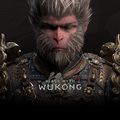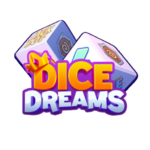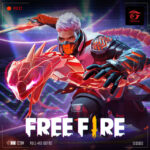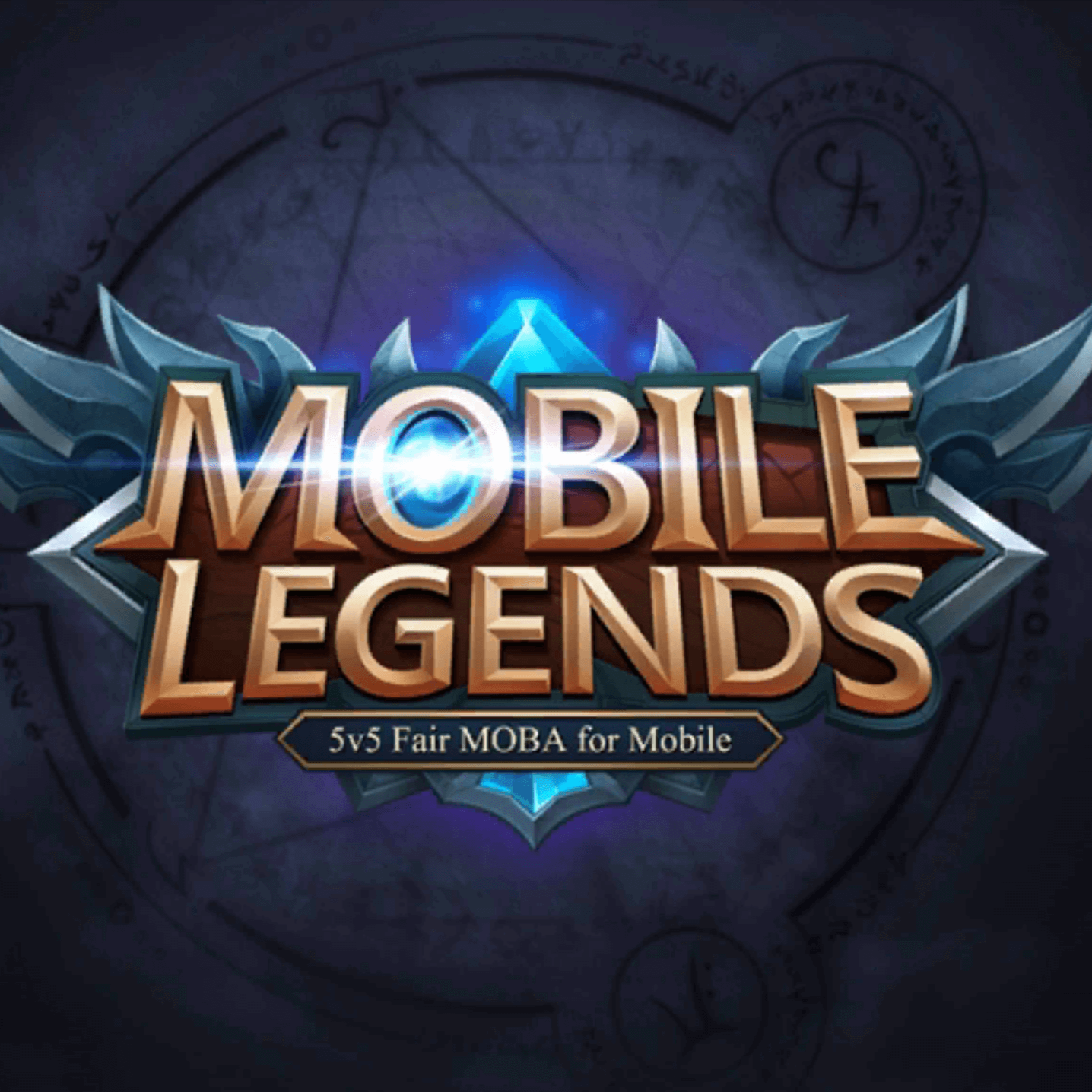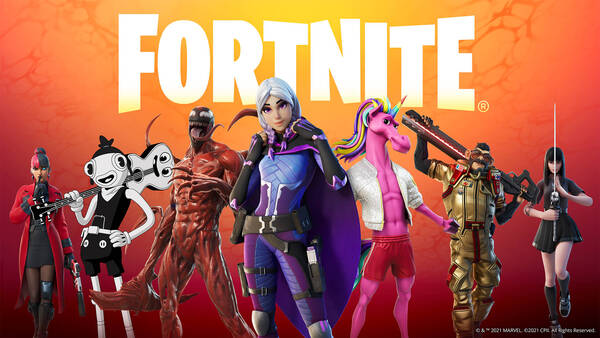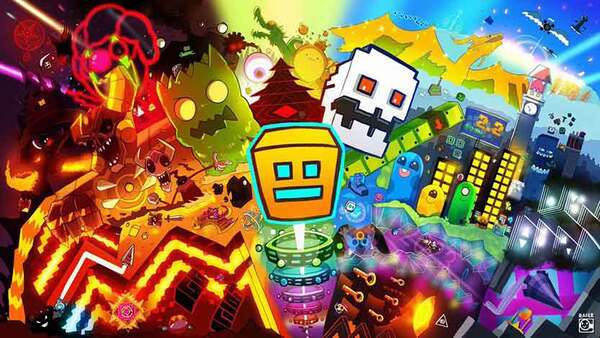Black Myth: Wukong – The Game That Could Redefine Chinese Action RPGs
In the fast‑moving world of action RPGs, few titles have made waves before even launching quite like Black Myth: Wukong. Born from the rich legend of the Monkey King and crafted by Chinese indie studio Game Science, this game promises not just stunning visuals but a unique blend of mythology, challenging combat, and cultural pride.
This comprehensive article dives into its origins, gameplay, tech, story inspirations, and why so many around the world are watching closely.
1.The Birth of a Legend: How Black Myth: Wukong Captured Global Attention
A Viral Reveal
In August 2020, Game Science uploaded a 13‑minute gameplay demo to YouTube.
Stunning Unreal Engine 4 graphics.
Dynamic combat against massive bosses.
Faithful yet creative adaptation of “Journey to the West.”
Immediate Impact
Millions of views within days.
Media hailed it as “China’s answer to Dark Souls.”
Sparked conversation about the rise of AAA‑quality games from Chinese studios.
For an indie developer, this was an unexpected global spotlight.
2.Mythical Roots: The Story Behind Wukong
At its heart, the game retells and reimagines China’s most famous epic.
Journey to the West
Written in the 16th century.
Follows the monk Tang Sanzang and disciples — including Sun Wukong, the Monkey King.
Mixes Buddhism, Daoism, humor, and adventure.
Wukong’s Appeal
Trickster hero with supernatural strength and magic.
Can transform into 72 forms, shrink or grow at will.
Known worldwide from books, movies, and anime.
Game Science uses these roots but adds its own dark, mature twist.
3.Combat & Gameplay: Action RPG Meets Chinese Fantasy
Soulslike Influences
Stamina‑based combat; punishing if mistimed.
Focus on dodging, blocking, learning enemy patterns.
Bosses require patience, skill, and observation.
Wukong’s Abilities
Transform into animals (giant insect, cicada, etc.).
Use the magic staff “Ruyi Jingu Bang” to attack, extend, and spin.
Cast spells for buffs, ranged attacks, or illusions.
These mechanics blend classic mythology with modern design.
4.Visual Brilliance: Unreal Engine 5 and Artistic Style
Next‑Gen Graphics
Migrated to Unreal Engine 5 for even more detail.
Lush bamboo forests, snowy peaks, eerie temples.
Realistic lighting and particle effects bring magic to life.
Authentic Chinese Aesthetics
Armor inspired by ancient dynasties.
Enemies drawn from classic Chinese demons and folklore.
Subtle calligraphy and scroll art in menus.
The result is a uniquely Chinese fantasy world, rarely seen at this scale.
5.World Design: Linear, Open, or Something New?
Semi‑Open World
Developers hint the game won’t be fully open but divided into large, explorable zones.
Hidden paths, secrets, and optional bosses.
Rewards players who explore carefully.
Pacing and Flow
Main path offers challenging but balanced progression.
Optional areas provide lore and powerful items.
This design keeps the narrative tight while allowing freedom.6.Enemies & Bosses: More Than Just Fodder
Inspired by Folklore
Demons, spirits, and monsters pulled directly from “Journey to the West.”
Each boss has unique moves and lore backstory.
Dynamic Fights
Bosses shift tactics mid‑battle.
Wukong can transform to counter specific threats.
These layers promise memorable encounters rather than copy‑paste enemies.
7.Technical Achievement: Small Team, Big Ambition
Game Science Studio
Founded by Tencent veterans; fewer than 100 developers.
Self‑published to keep creative freedom.
Cutting‑Edge Tools
Unreal Engine 5’s Nanite & Lumen systems for detail and lighting.
Motion capture for animations; high‑fidelity creature design.
Despite limited size, they aim for AAA polish.
8.Pros & Cons: Why It Excites – and Concerns
Pros
Stunning, next‑gen visuals.
Rich cultural setting, rarely explored in games.
Deep, challenging combat with creative mechanics.
Faithful yet fresh take on classic mythology.
Cons
Could be very difficult for newcomers.
Limited info on story depth & character development.
High expectations after viral demos increase pressure.
Small team might struggle with massive scope.
Overall, potential is huge — but challenges remain.
9.Community & Anticipation: A Global Audience
Chinese Pride & Global Hype
First large‑scale action RPG rooted deeply in Chinese culture.
Players in China see it as a symbol of local game development maturing.
Western Fans
Soulslike fans hungry for a fresh theme.
Developers’ openness on Bilibili & social media keeps excitement alive.
Few games cross cultural lines this naturally.
10.What’s Next: Release, DLC, and Future Plans
Planned Release
Expected in 2024 (at time of writing).
Target platforms: PC and next‑gen consoles.
Beyond Launch
Possible DLC exploring other myths or disciples.
Potential sequels covering later chapters of Journey to the West.
Game Science’s goal: turn Wukong into a lasting franchise.
Conclusion: Why Black Myth: Wukong Could Be a Game‑Changer
Black Myth: Wukong isn’t just a game; it’s a statement: that China’s developers can deliver world‑class, culturally authentic, technically stunning games.
With dazzling visuals, creative combat, and one of literature’s greatest heroes, it could become a landmark title for action RPGs.
If it delivers, it won’t just entertain — it could inspire a new wave of games grounded in untapped myths worldwide.
